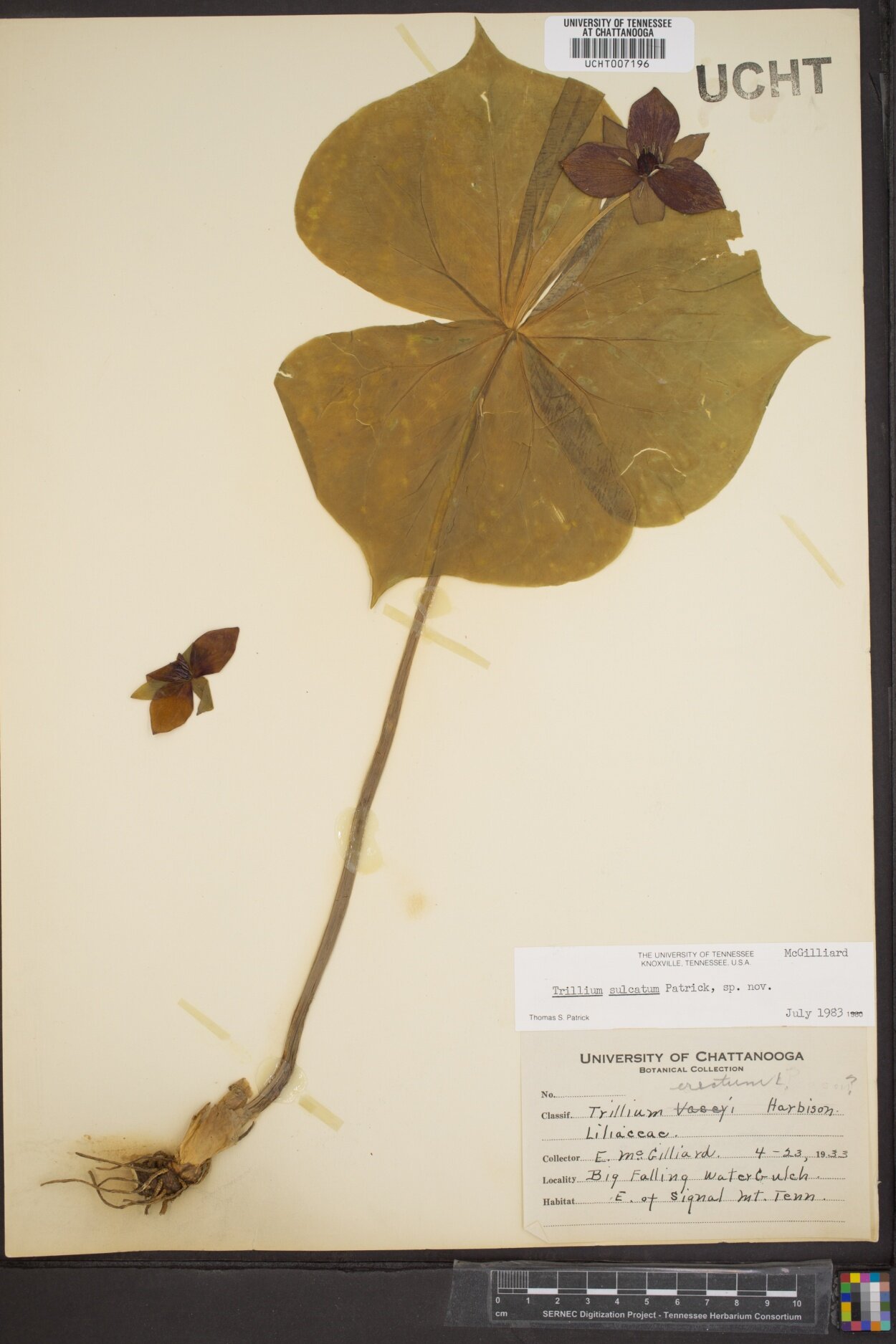#Two regions in the canine genome explain one third of the risk of rare blood cancer

“#Two regions in the canine genome explain one third of the risk of rare blood cancer”

Mutations in two genetic regions in dogs explain over one third of the risk of developing an aggressive form of hematological cancer, according to a study led by Jacquelyn Evans and Elaine Ostrander at the National Human Genome Research Institute in Maryland, U.S. and colleagues. The study, which combined multiple sequencing techniques to investigate histiocytic sarcoma in retriever dogs, publishes May 13 in the open-access journal PLOS Genetics.
Histiocytic sarcoma is an aggressive cancer of immune cells, and although extremely rare in humans, it affects around one-in-five flat-coated retrievers. Genome-wide association surveys of 177 affected and 132 unaffected flat-coated retrievers identified two loci—on chromosomes 5 and 19 of the canine genome—associated with histiocytic sarcoma. Whole genome, transcriptome, and chromatin immunoprecipitation (CHiP) sequence data revealed that the CFA5 locus contains mutations near a known tumor-suppressor gene, PIK3R6. CFA5 also overlaps with two loci previously associated with other hematological cancers in golden retrievers. Risk alleles at the second locus, CFA19, identified by the genome-wide association survey were found to increase expression of TNFAIP6, a gene involved in cell metastasis. TNFAIP6 has also previously been associated with a poor prognosis for several human cancers.
Together, these two chromosomal regions accounted for 35% of the risk of histiocytic sarcoma in flat-coated retrievers, an exceptionally strong effect for such a complex trait, the authors say. By studying this rare cancer in domestic dogs, which have a high disease risk and comparatively low genetic diversity, the researchers hope to identify candidate genes for developing new diagnostics and therapeutics for humans.
“This work identifies two regions of the genome that increase the likelihood of a flat-coated retriever developing histiocytic sarcoma, and highlights genes with tumor suppressor functions in each region,” Ostrander adds. “Strategic breeding can be used to reduce the frequency of the disease over time, and genetic observations may lead to therapeutic options for dogs and humans.”
Mutations across the genome add up to blood cancer risk in three popular dog breeds
Evans JM, Parker HG, Rutteman GR, Plassais J, Grinwis GCM, Harris AC, et al. (2021) Multi-omics approach identifies germline regulatory variants associated with hematopoietic malignancies in retriever dog breeds. PLoS Genet 17(5): e1009543. doi.org/10.1371/journal.pgen.1009543
Citation:
Two regions in the canine genome explain one third of the risk of rare blood cancer (2021, May 13)
retrieved 14 May 2021
from https://phys.org/news/2021-05-regions-canine-genome-rare-blood.html
This document is subject to copyright. Apart from any fair dealing for the purpose of private study or research, no
part may be reproduced without the written permission. The content is provided for information purposes only.
If you liked the article, do not forget to share it with your friends. Follow us on Google News too, click on the star and choose us from your favorites.
For forums sites go to Forum.BuradaBiliyorum.Com
If you want to read more Like this articles, you can visit our Science category.


